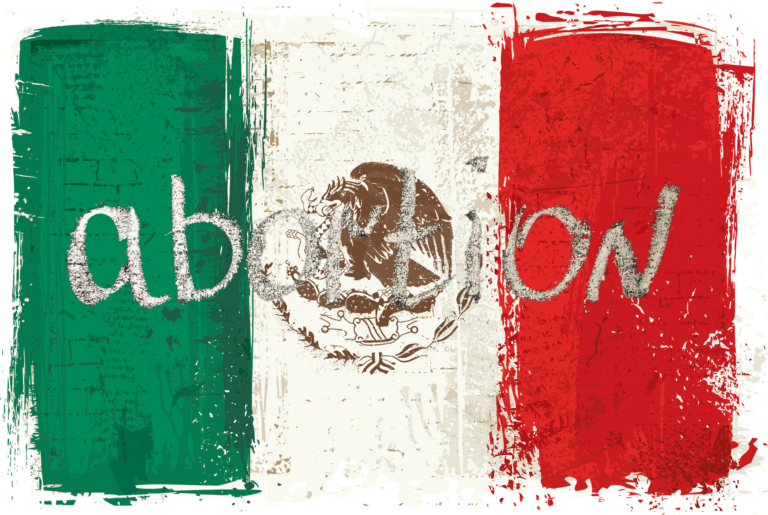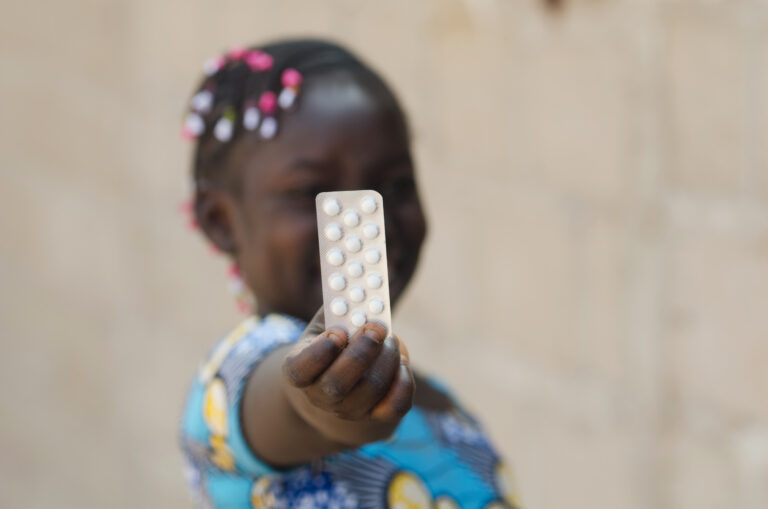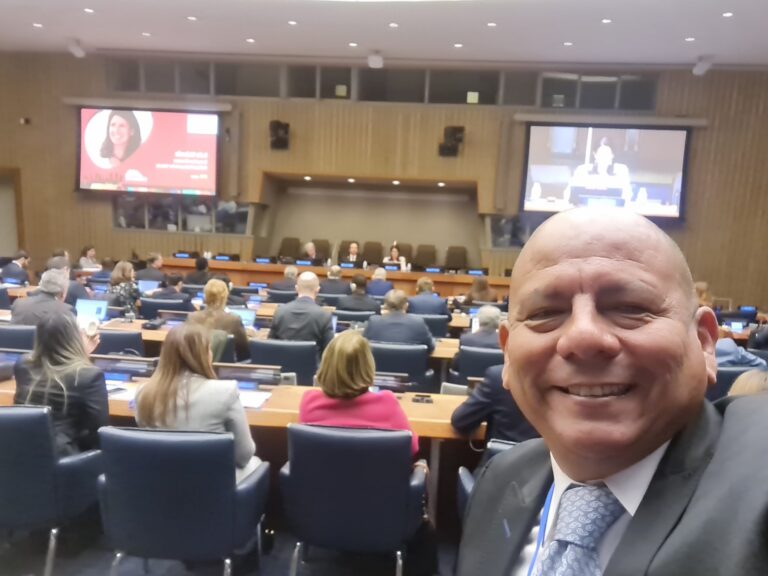The abortion movement in Peru now has one less weapon.
Ivyfemme was the Peruvian trade name of the drug formally known as ormeloxifene, made by a pharmaceutical company known as Hindustan. Hindustan recently had the distinction of getting its license to sell drugs revoked by Peru’s Directorate General of Supplies and Drugs (DIGEMID).
The reason for the recall order? The laboratory was found to be working on technologies that impeded implantation of the fertilized egg. The sale of any abortifacient drug had just been declared illegal by the Peruvian Constitutional Court.
Ironically, Hindustan had just invested in a sumptuous commercial launch for Ivyfemme. Posh conferences were organized air obstetric and gynecological specialists, complete with top quality printed materials. Expectations were high. Hindustan’s propaganda stressed their drug as a non-hormonal contraceptive pill, and touted its ostensible decreased adverse effects. However, their language was carefully vague so as to hide the drug’s actual effects. Consider the following phraseology, indecipherable to anyone but an expert in how ormeloxifene actually operates:
“Ormeloxifene is a SERM, or selective estrogen receptor modulator. It causes an asynchrony in the menstrual cycle between ovulation and the development of the uterine lining, although its exact mode of action is not well defined. It speeds the transport of any fertilized egg through the fallopian tubes more quickly than is normal (Singh 2001). Presumably, this combination of effects creates an environment such that if fertilization occurs, implantation will not be possible.”
The publicity levels remained those of an innovative product on the market; full-page advertisements in magazines, visiting doctors with clever reminders to gynecologists, a website with advice for women.
However, no sooner had PRI received word of the drug, than our Latin American office immediately began an investigation, We found that the drug was only sold in India, starting 15 years ago, and also saw that their scientific research was also conducted solely in India.
The questions soon began to emerge. If the drug was so innovative and impressive, why was it not bought by a major transnational pharmaceutical? Why is it only used in India? And why start in Peru, and not in any other market that is more appealing in terms of population and consumption?
The answer was not hard to find. We realized that it was no accident that Hindustan had produced this drug for Peru, where a high-level court had already rejected an appeal to ban the morning-after pill. It was expected that the Constitutional Court would follow suit. That is, Peru was an ideal place to start expanding this abortifacient pill throughout Latin America.
Fortunately, it was not to be. As we know now, the Constitutional Court of Peru defied everyone’s expectations and overturned the previous court’s ruling. It declared the morning-after pill illegal and affirmed that life begins at fertilization, not implantation.
The results of the ruling were swift — mere days afterward, Hindustan’s license was cancelled. For birth control advocates, this one-two blow represented a crushing defeat.
Few realized just how close Latin America came to being a “guinea pig” in a great abortifacient pill experiment. While they were defeated at this turn, the moral of the story is more vigilance. We do not know from where the next attack will come.










